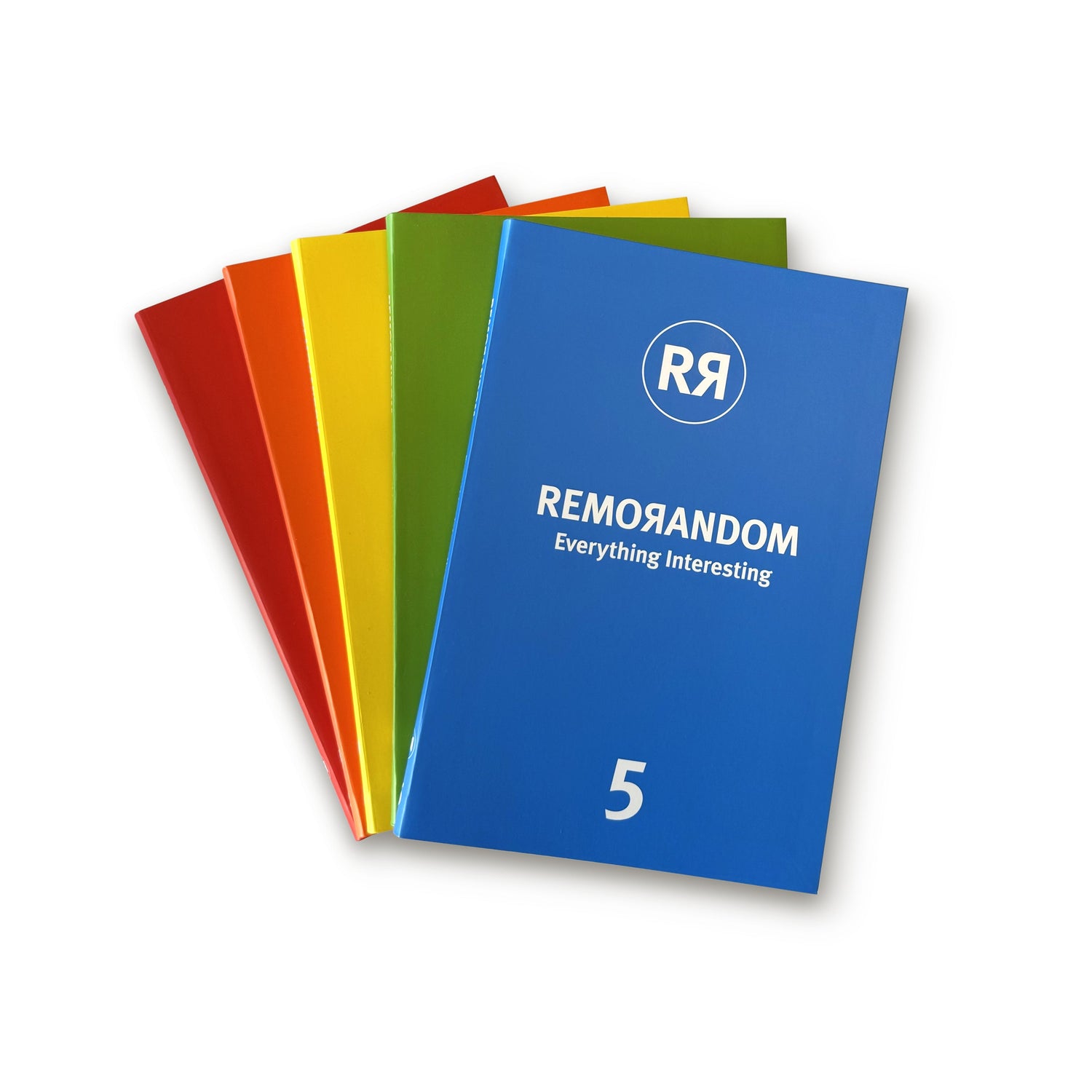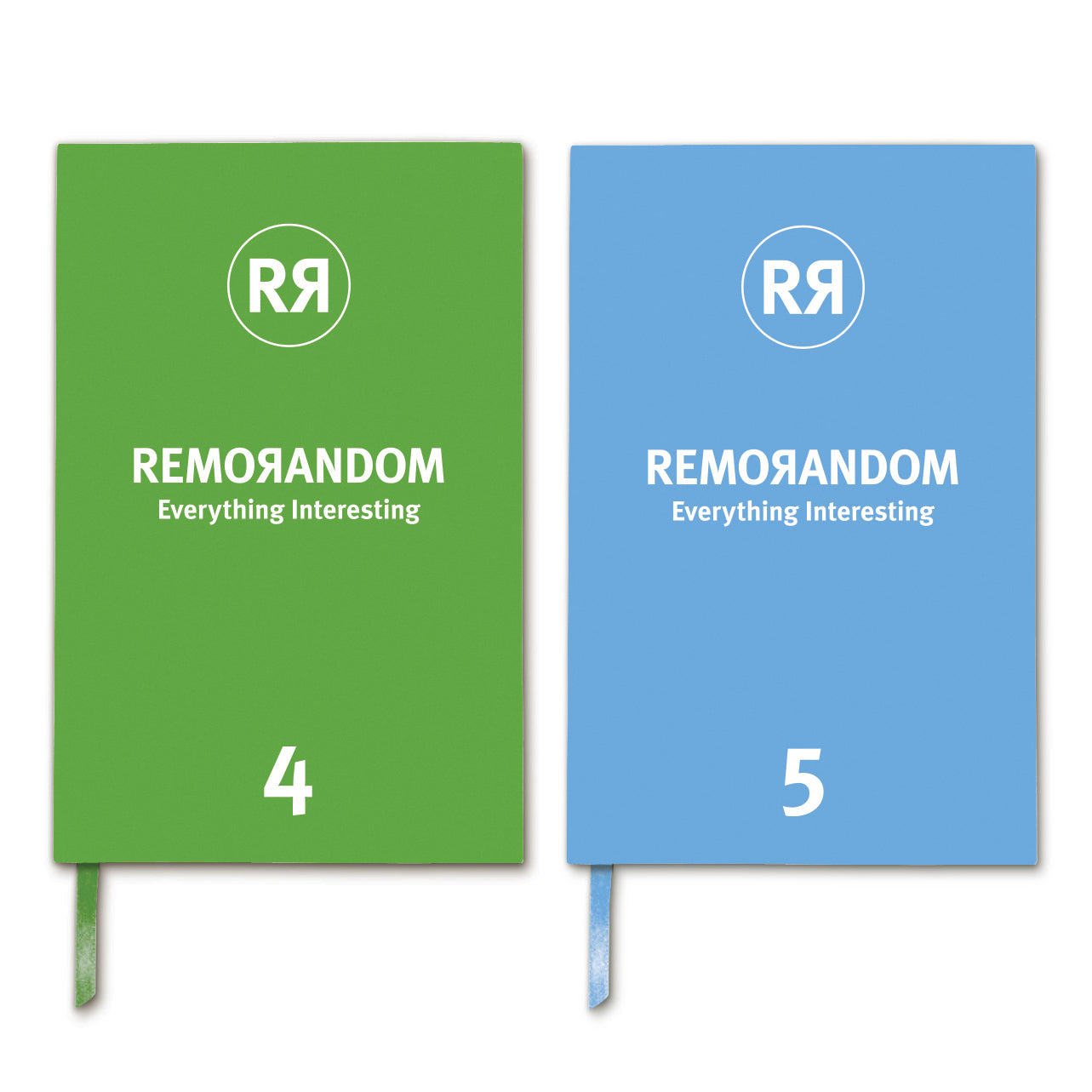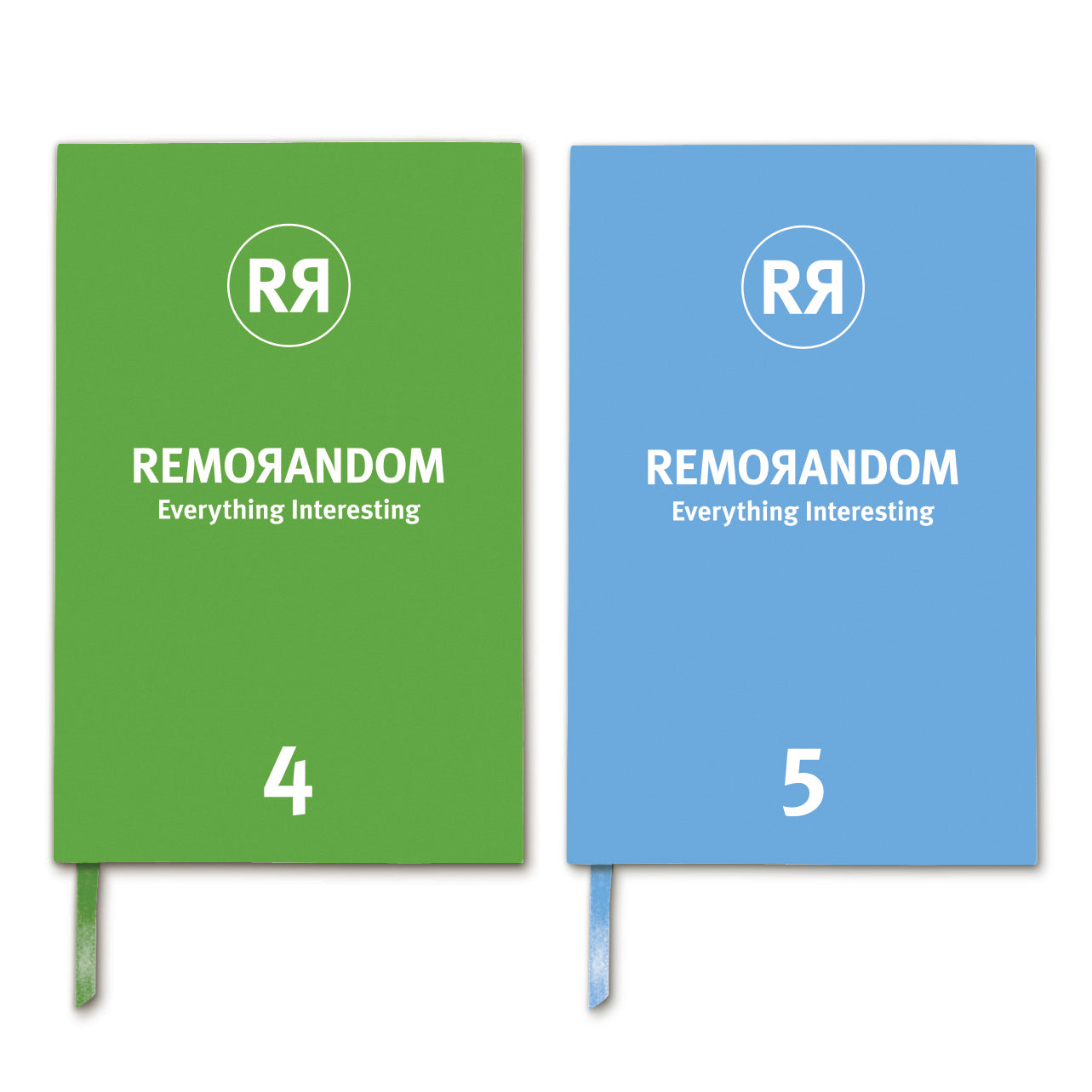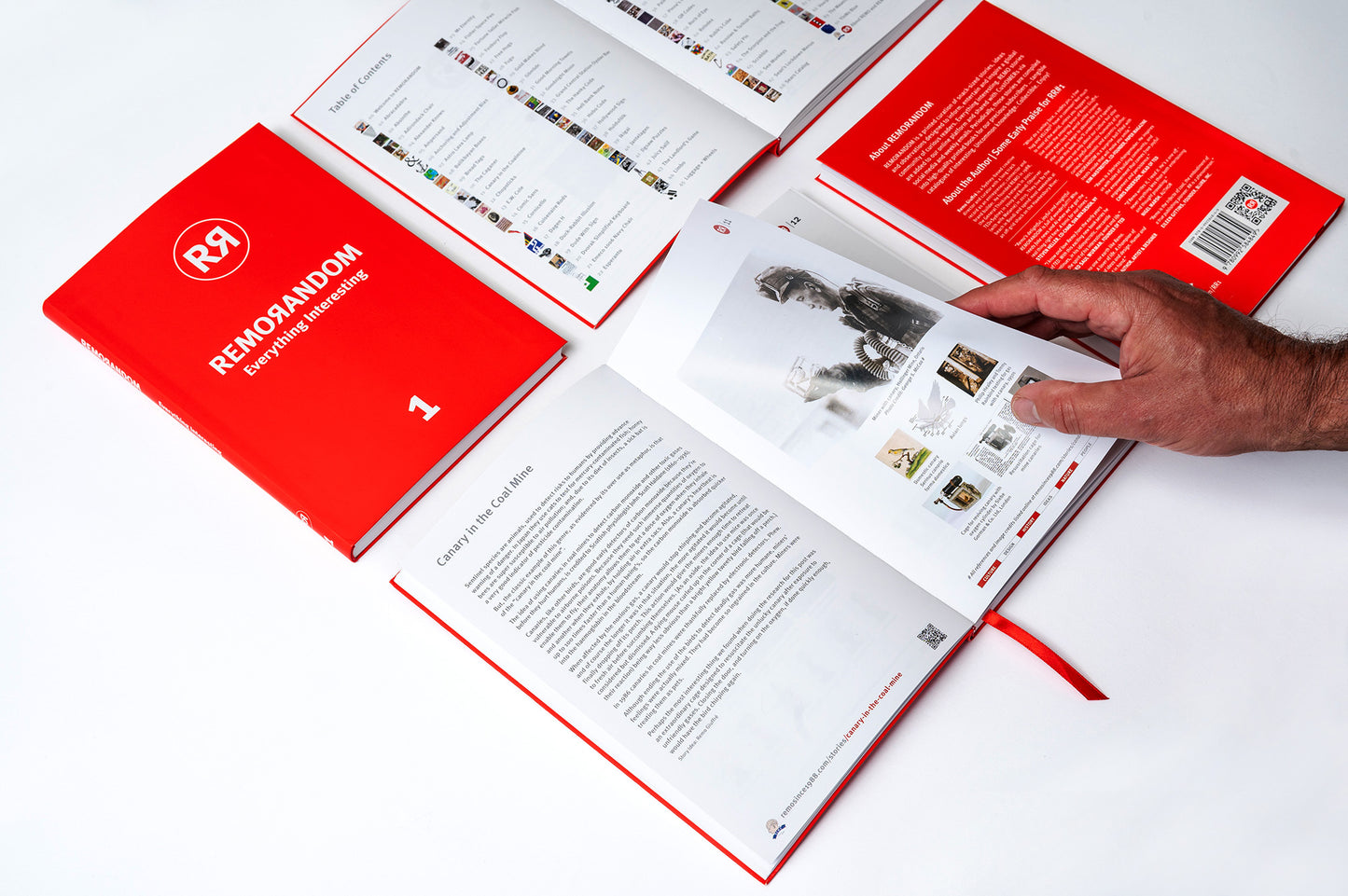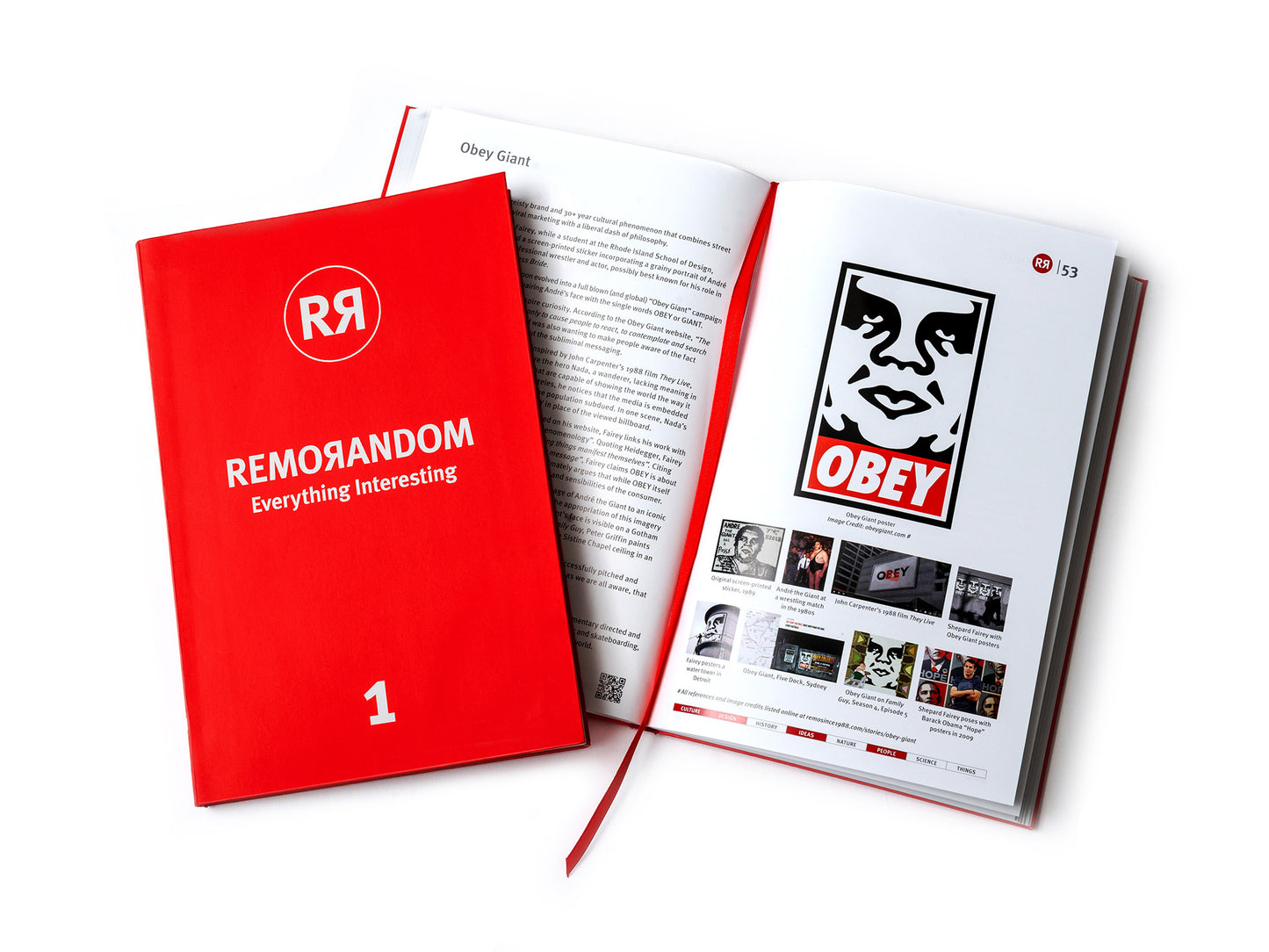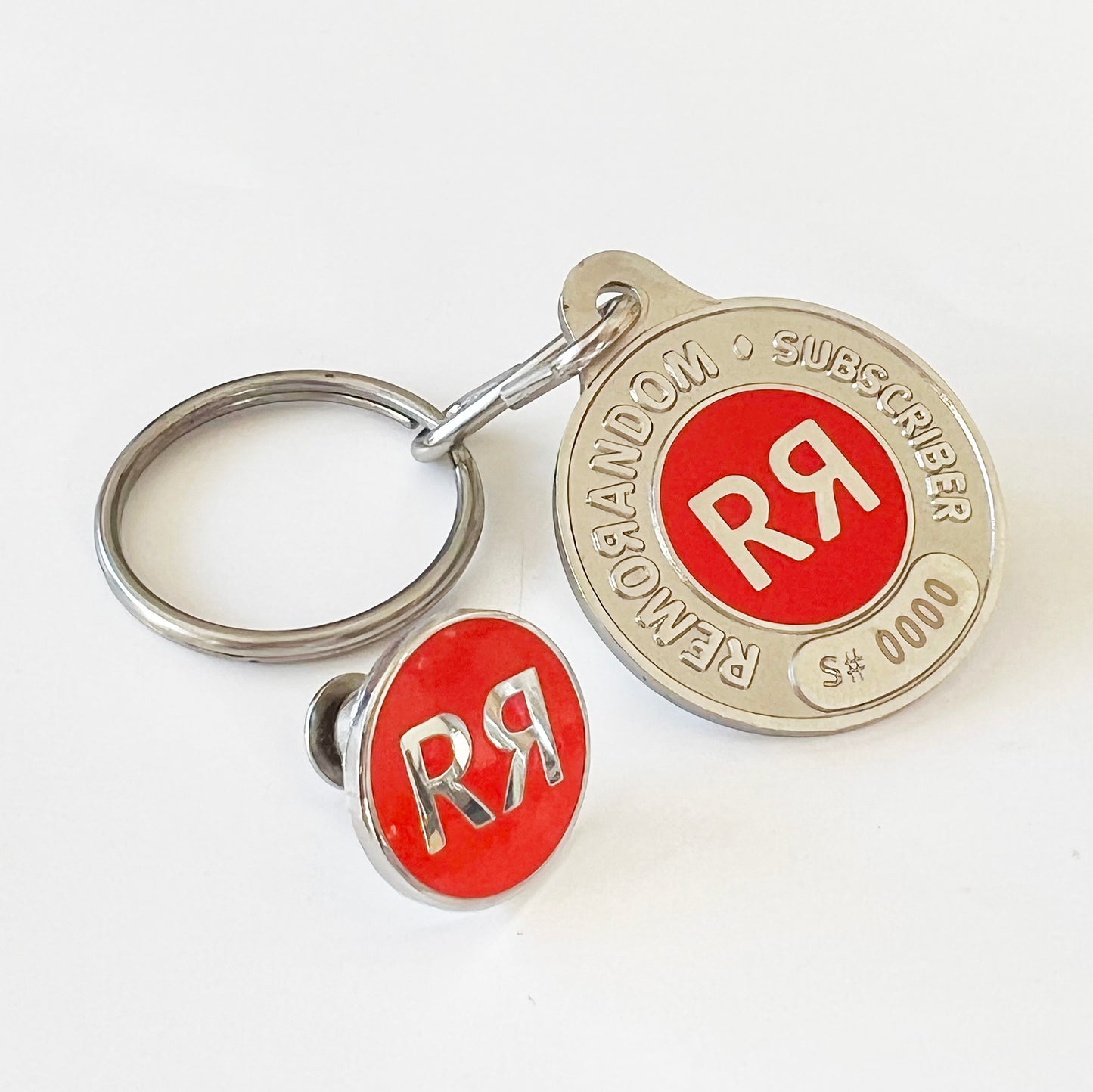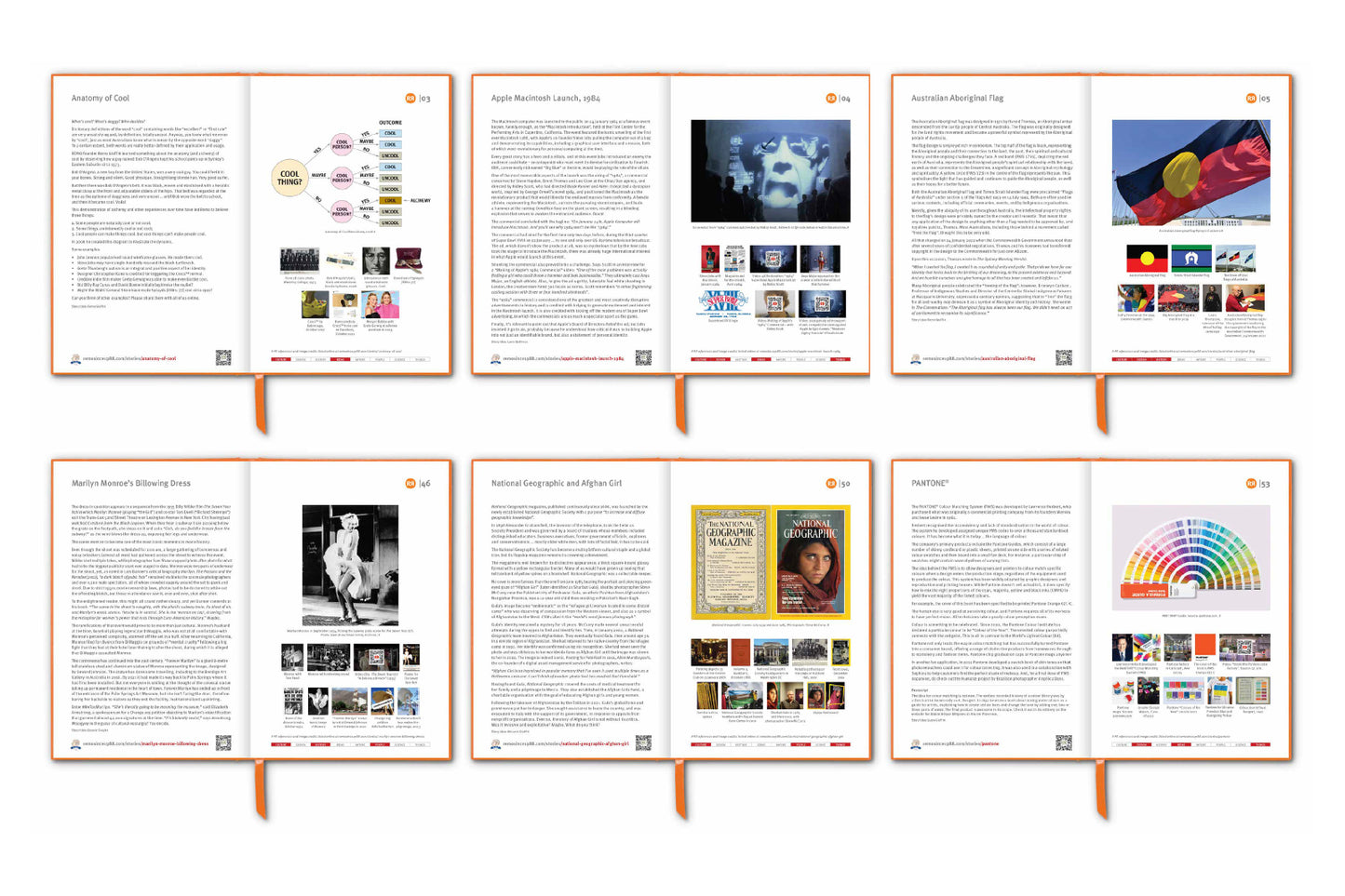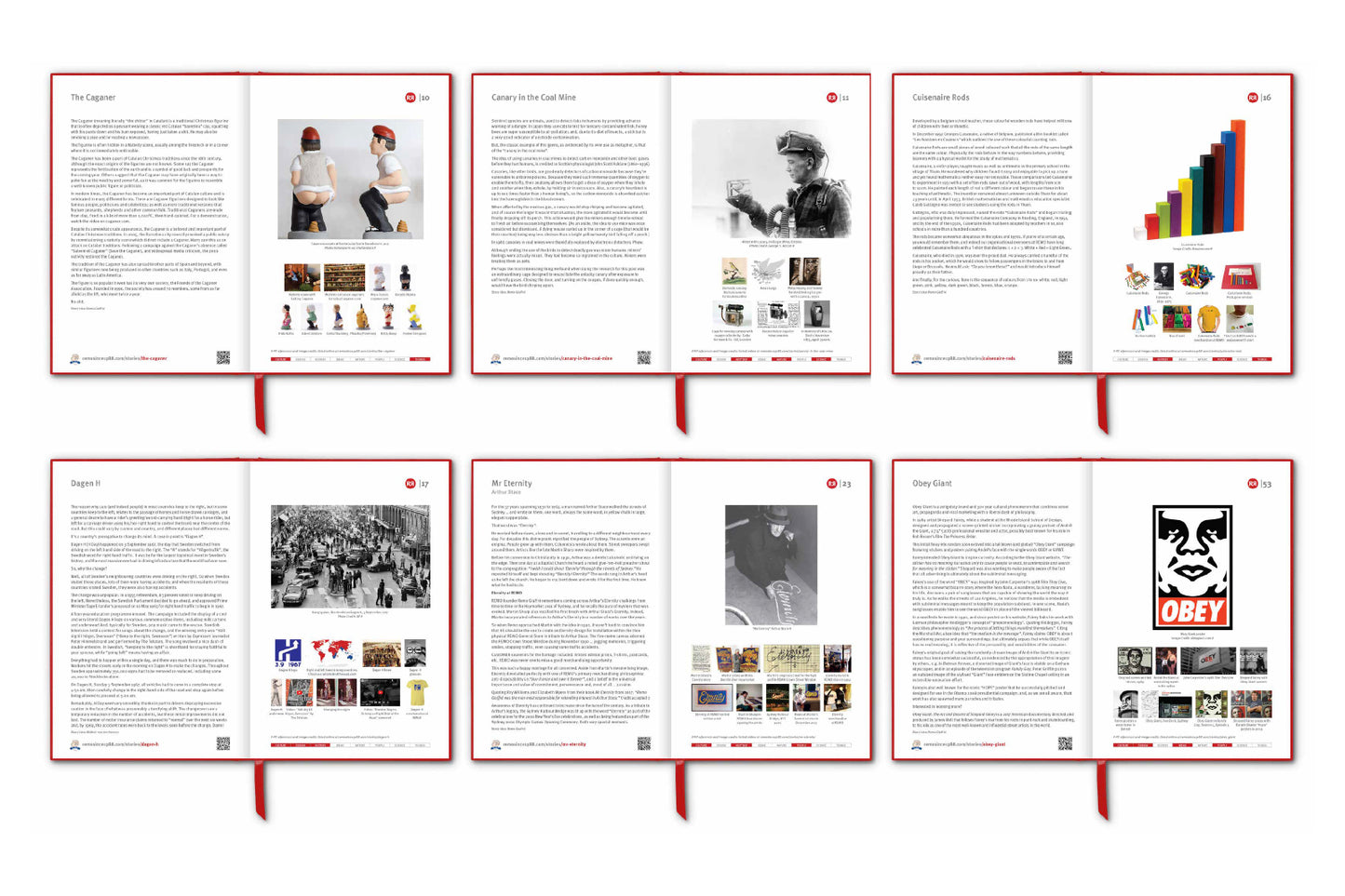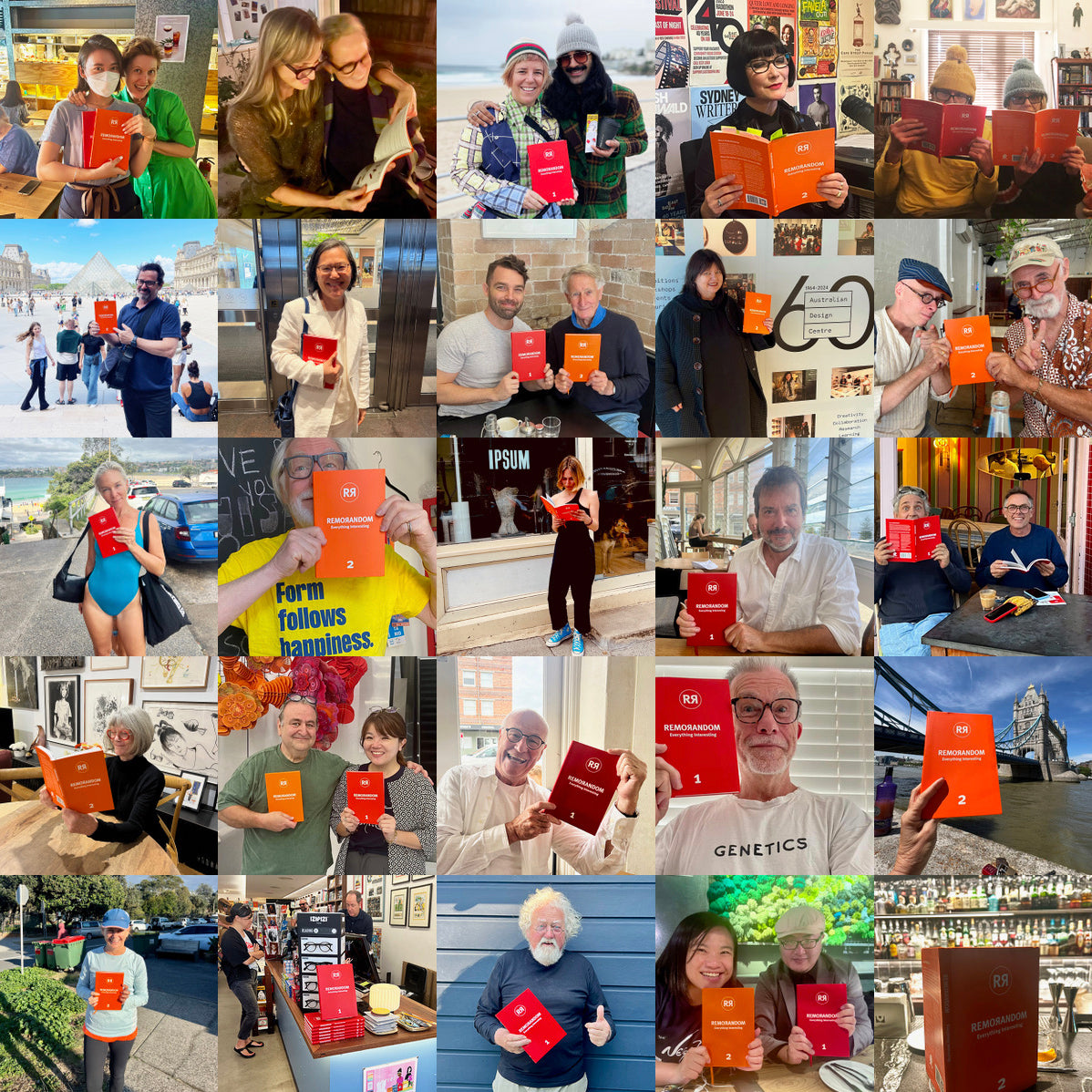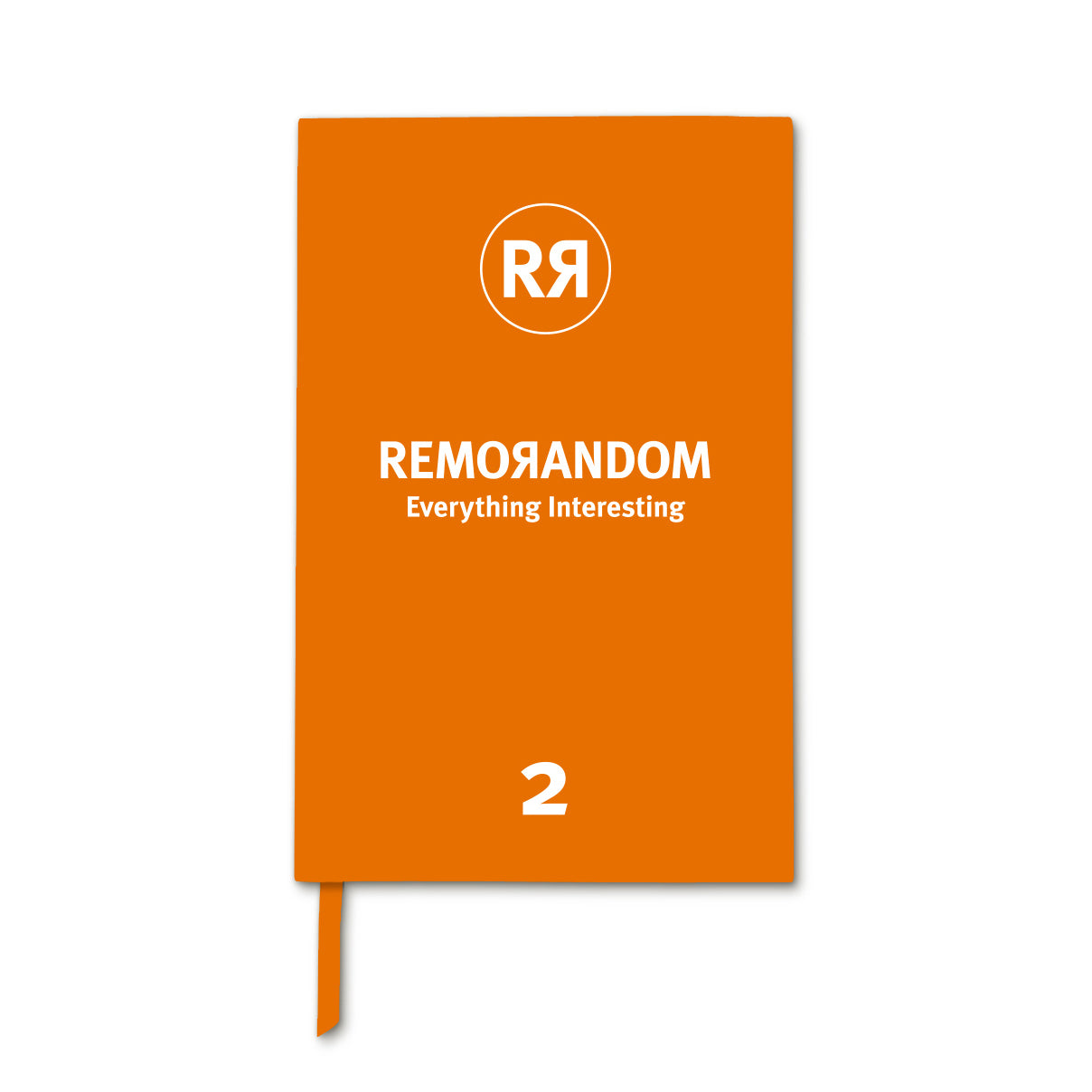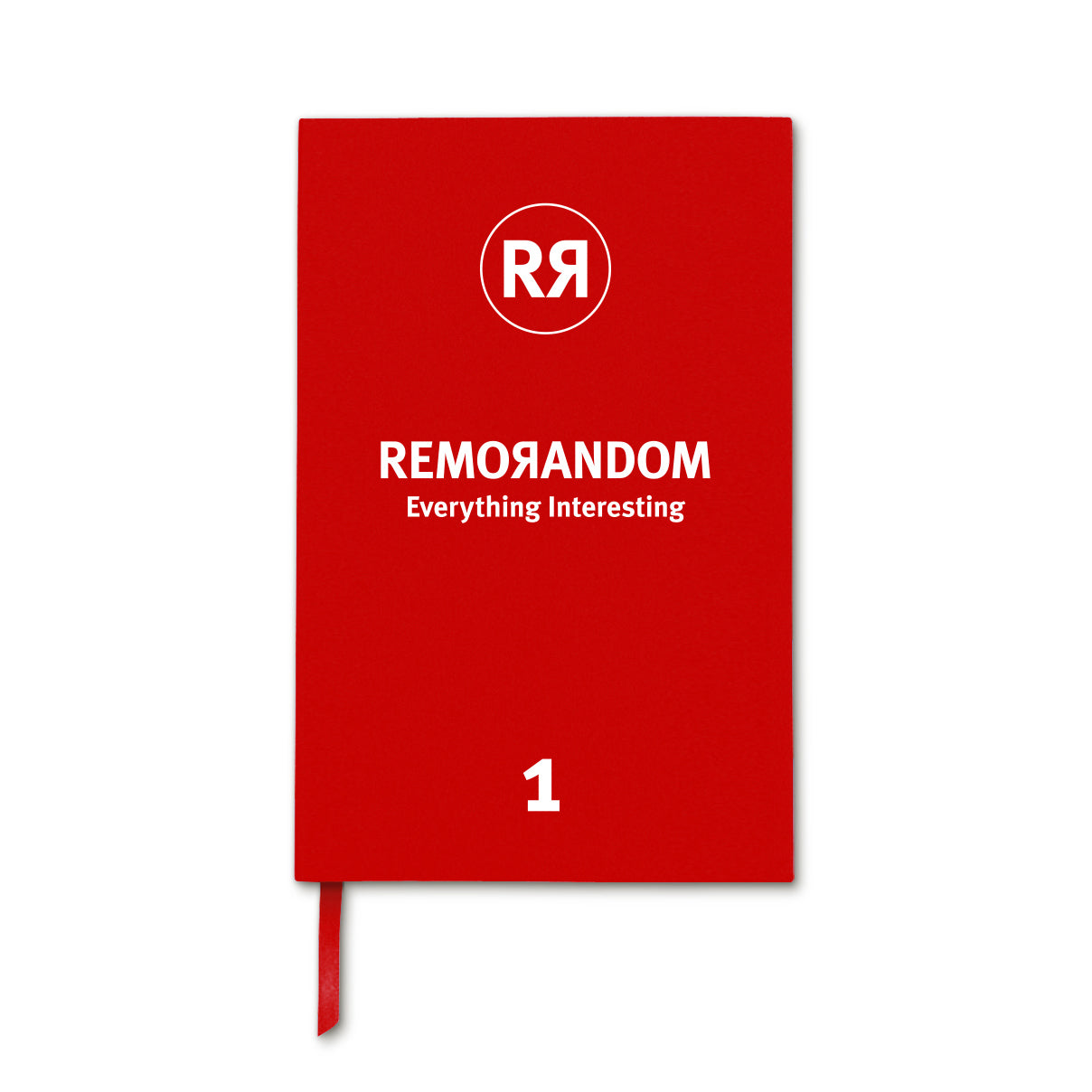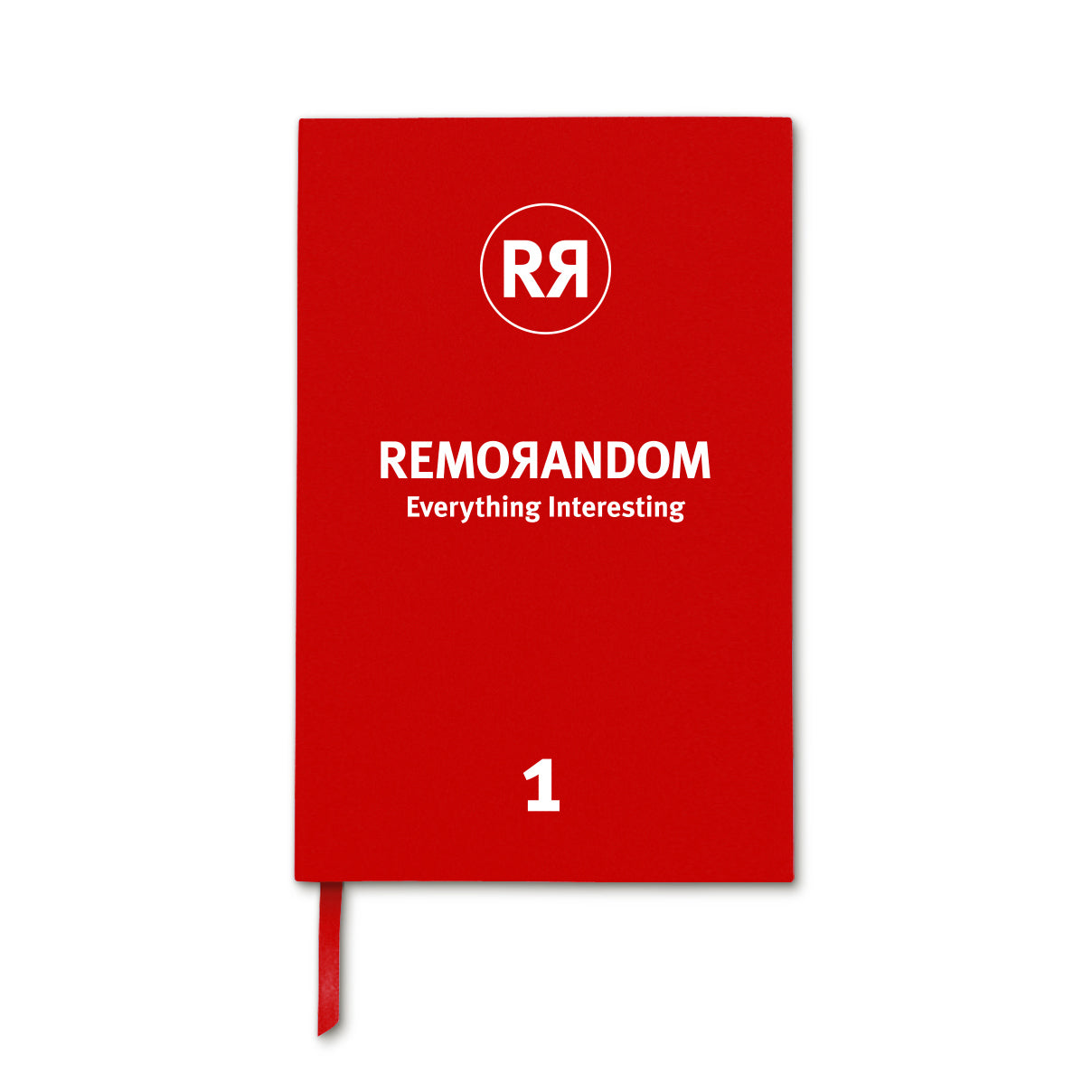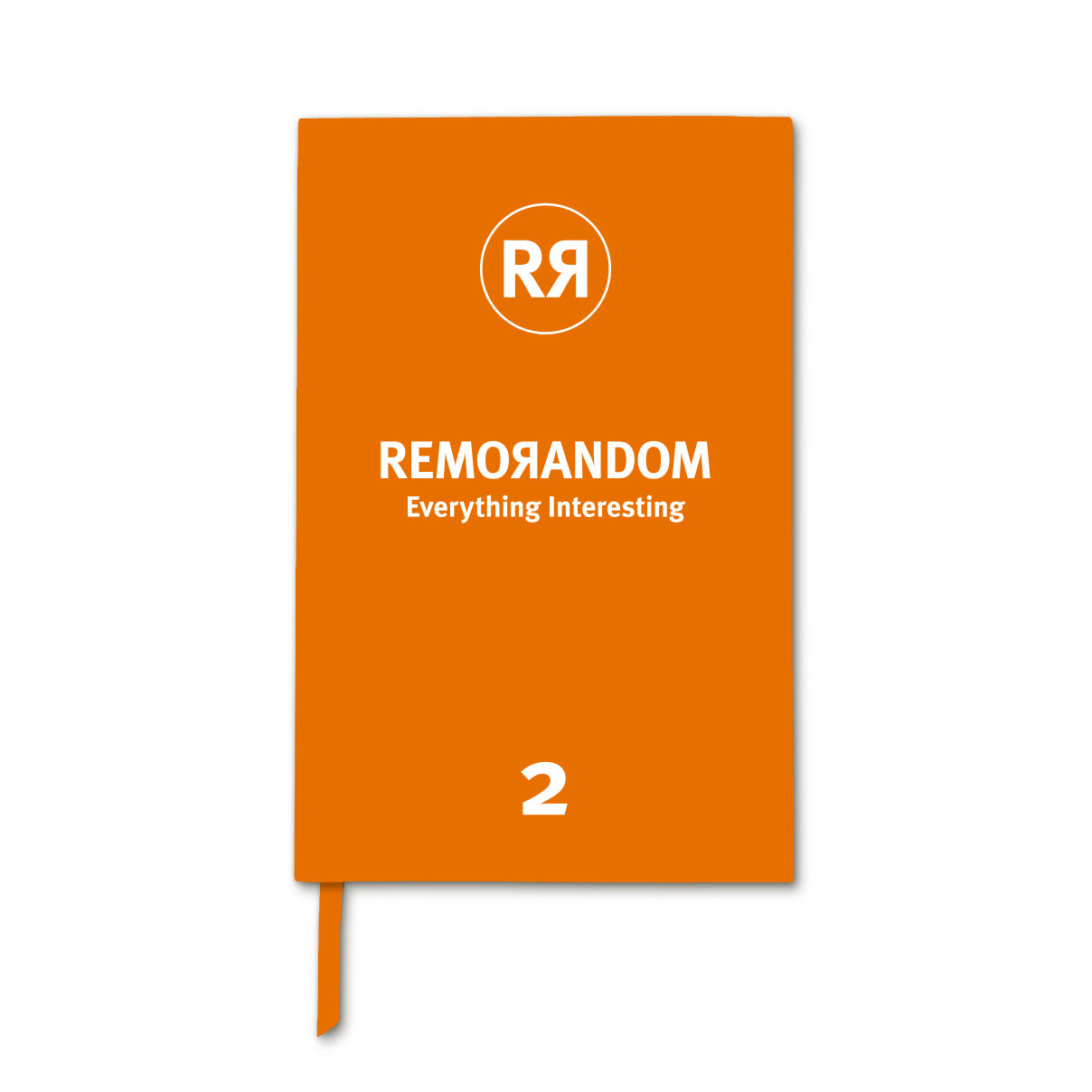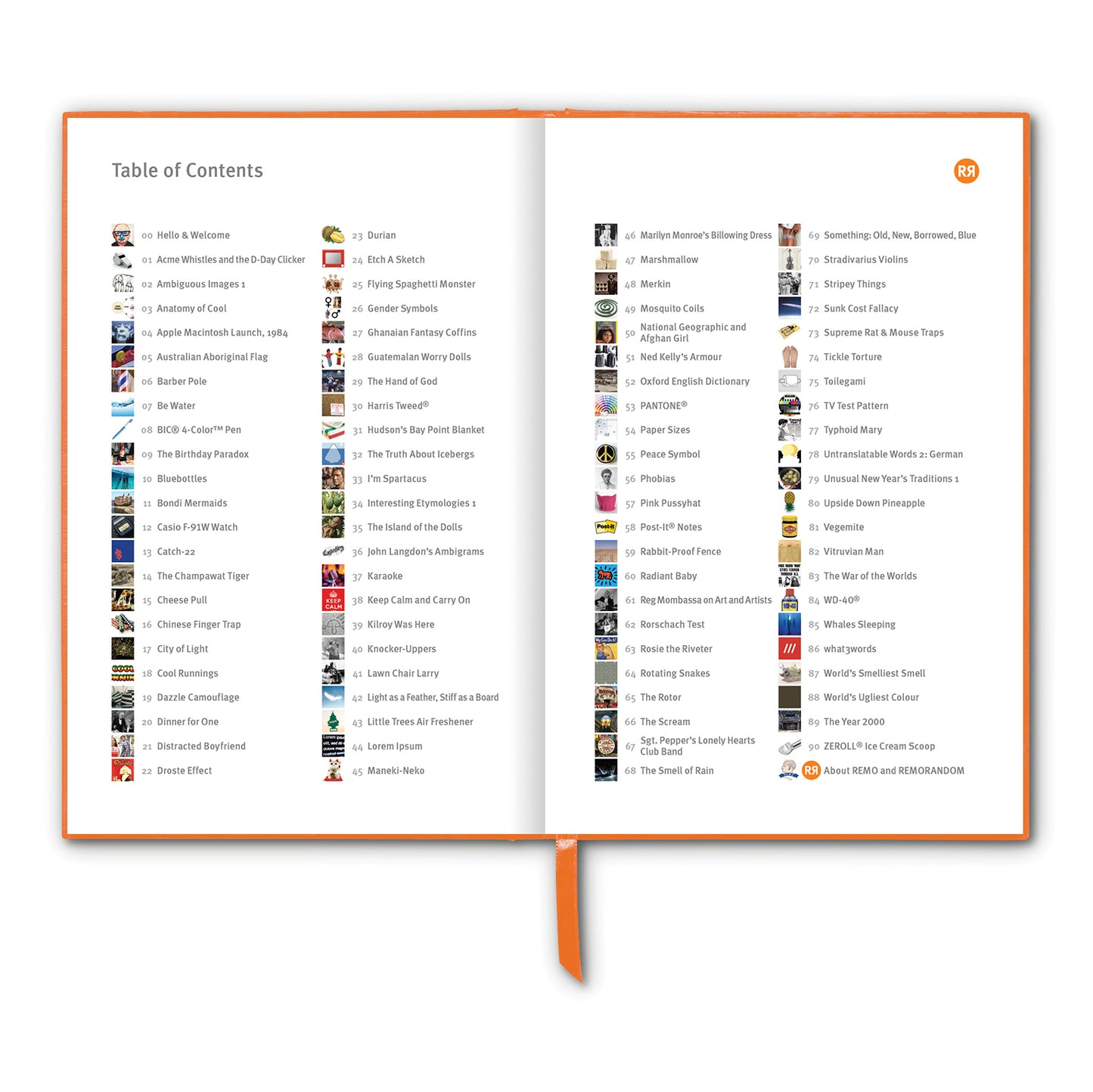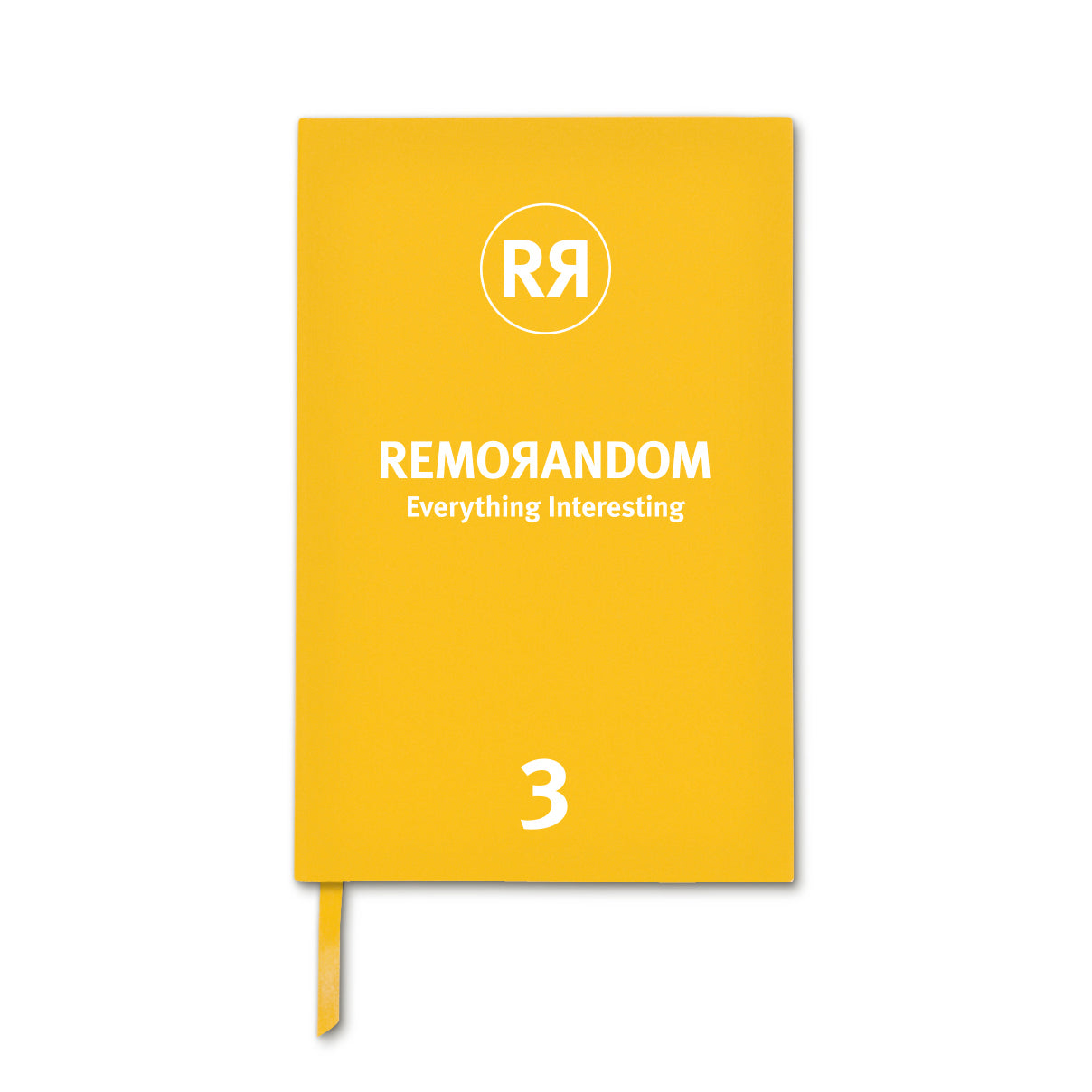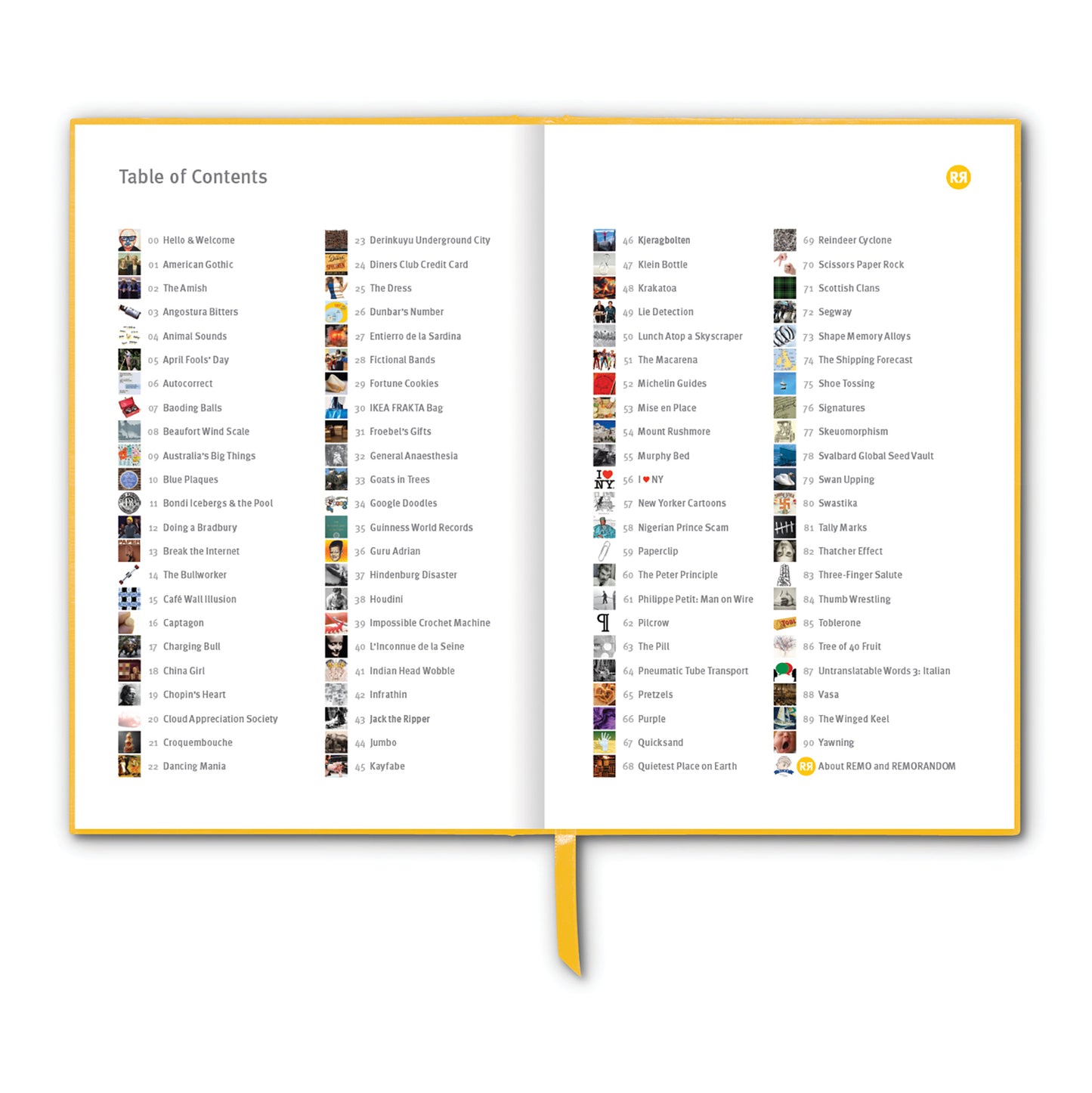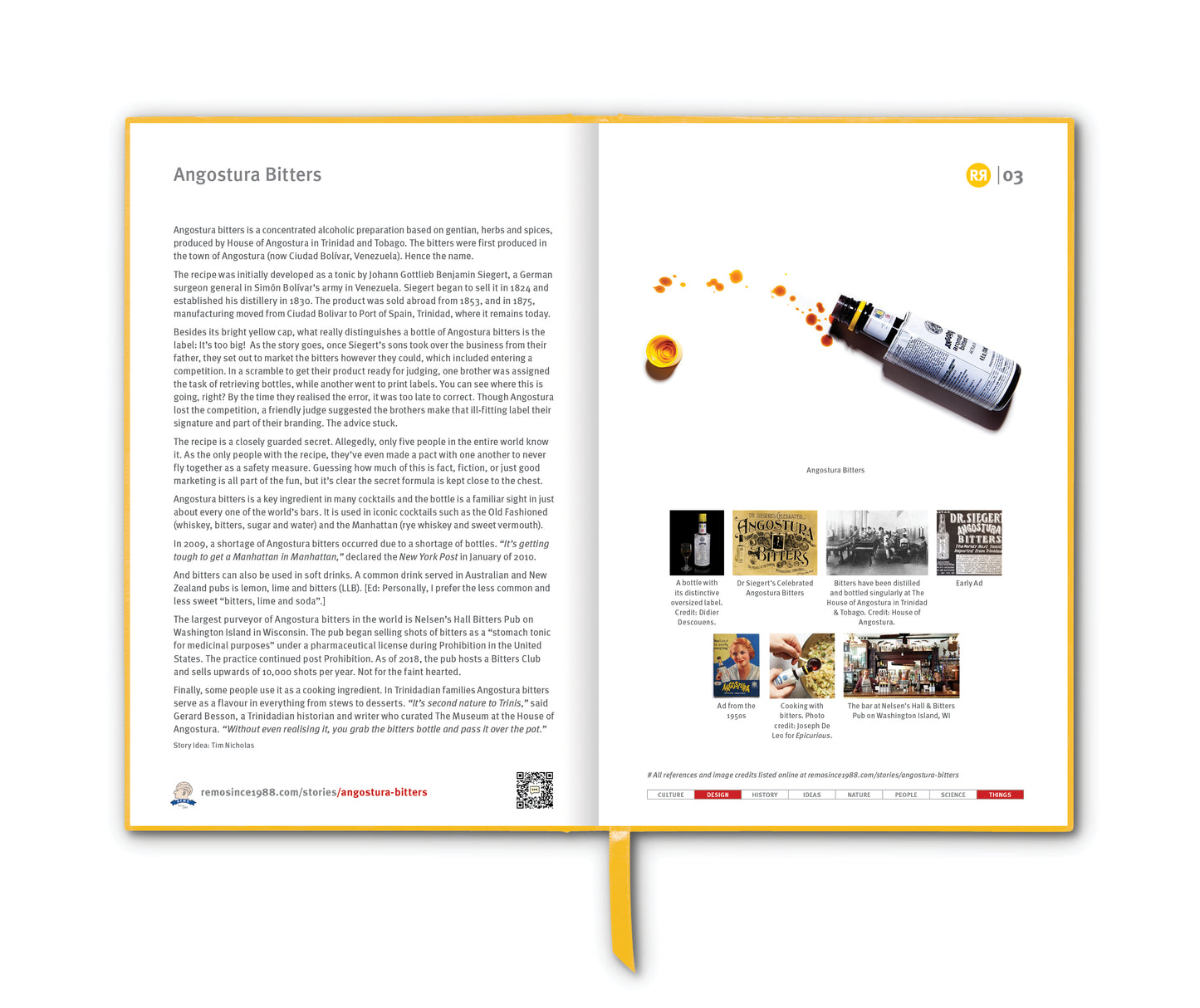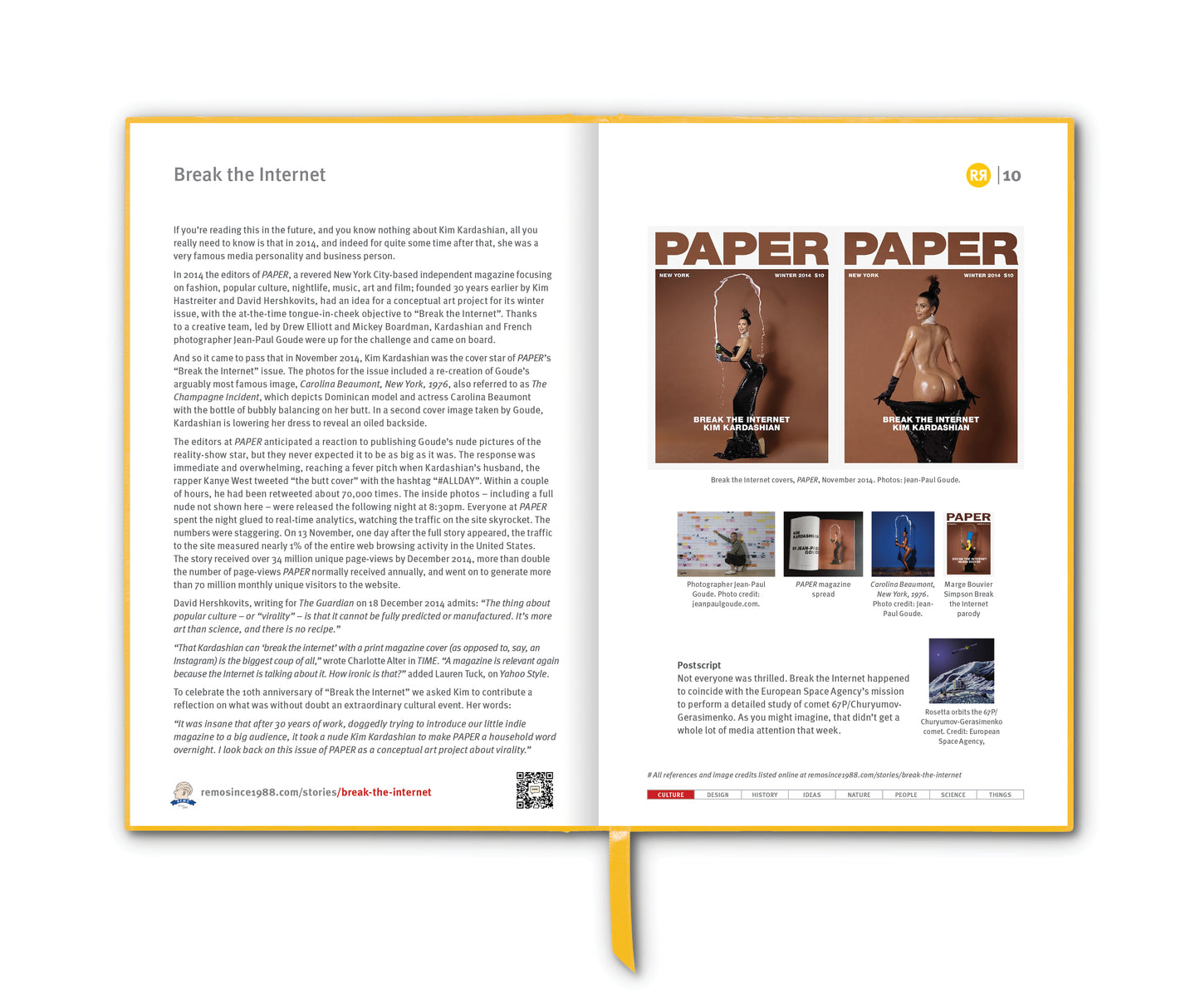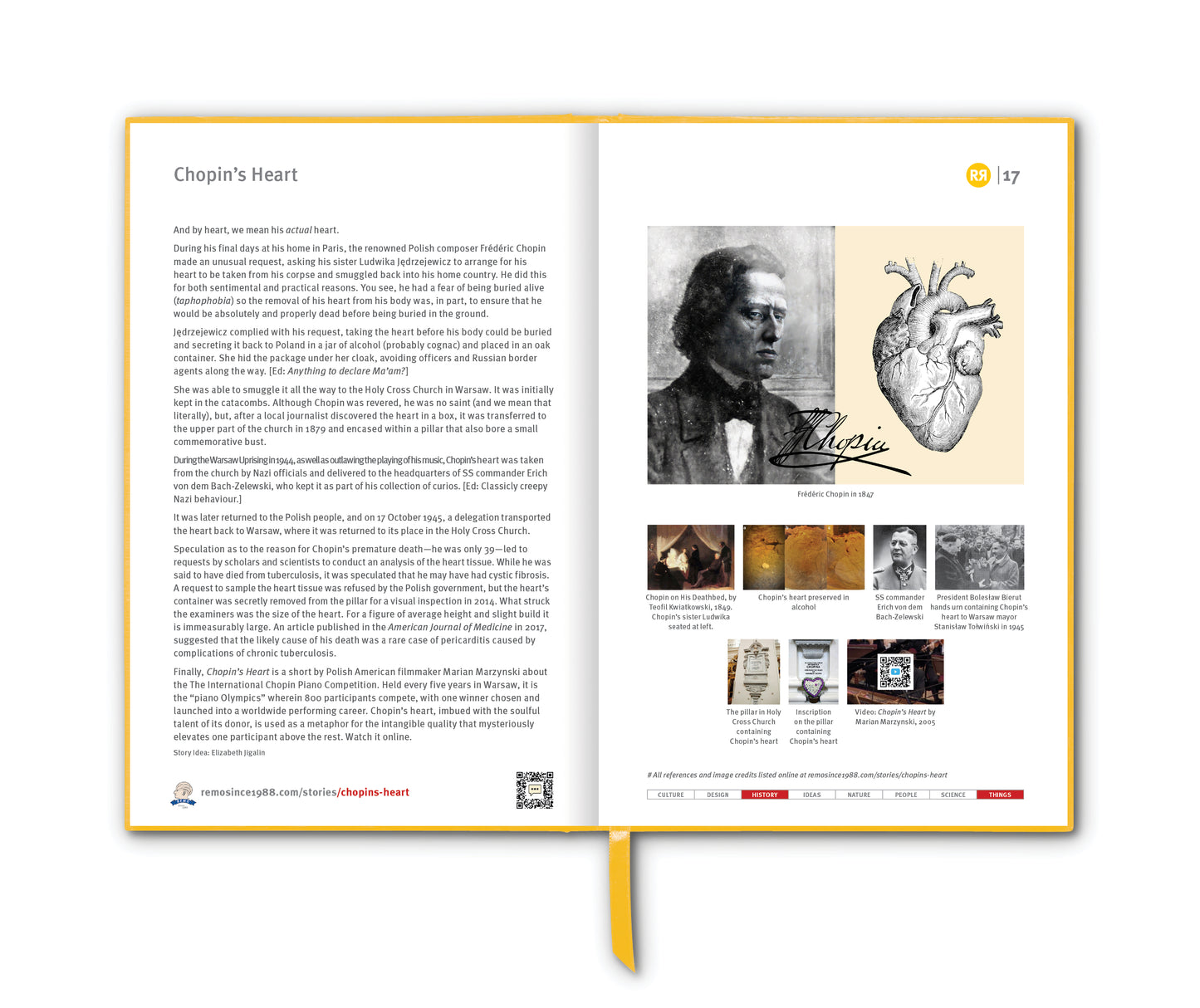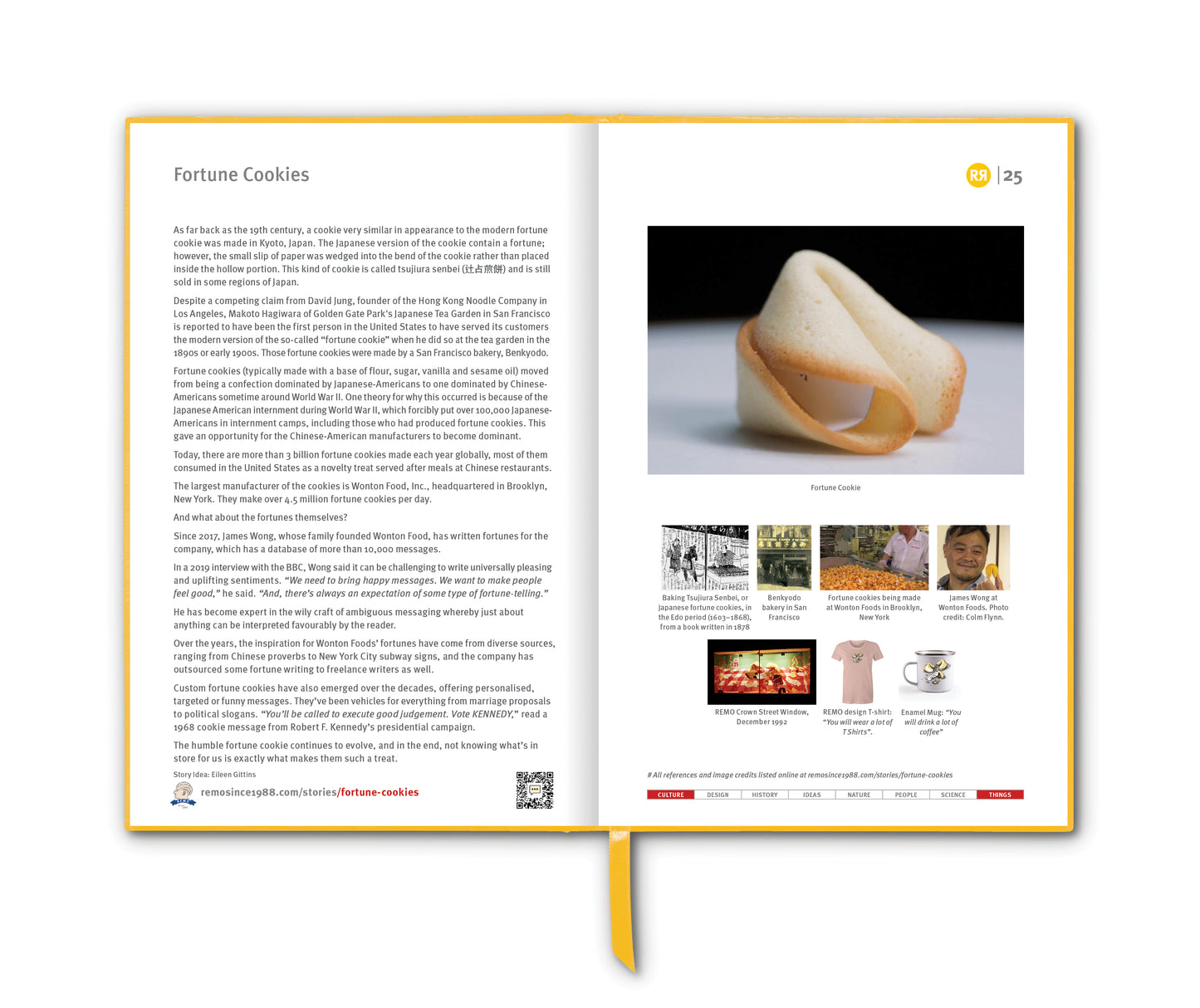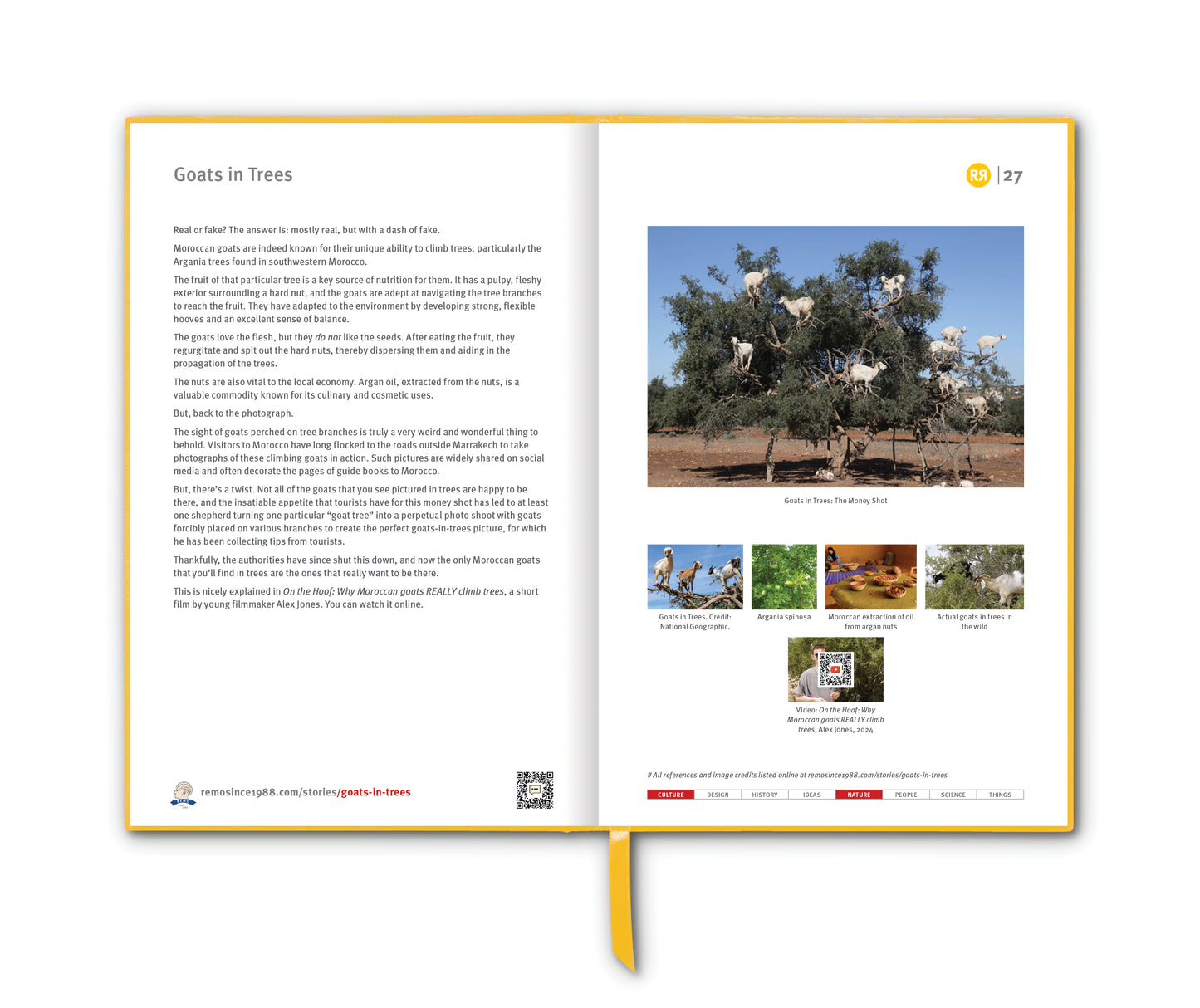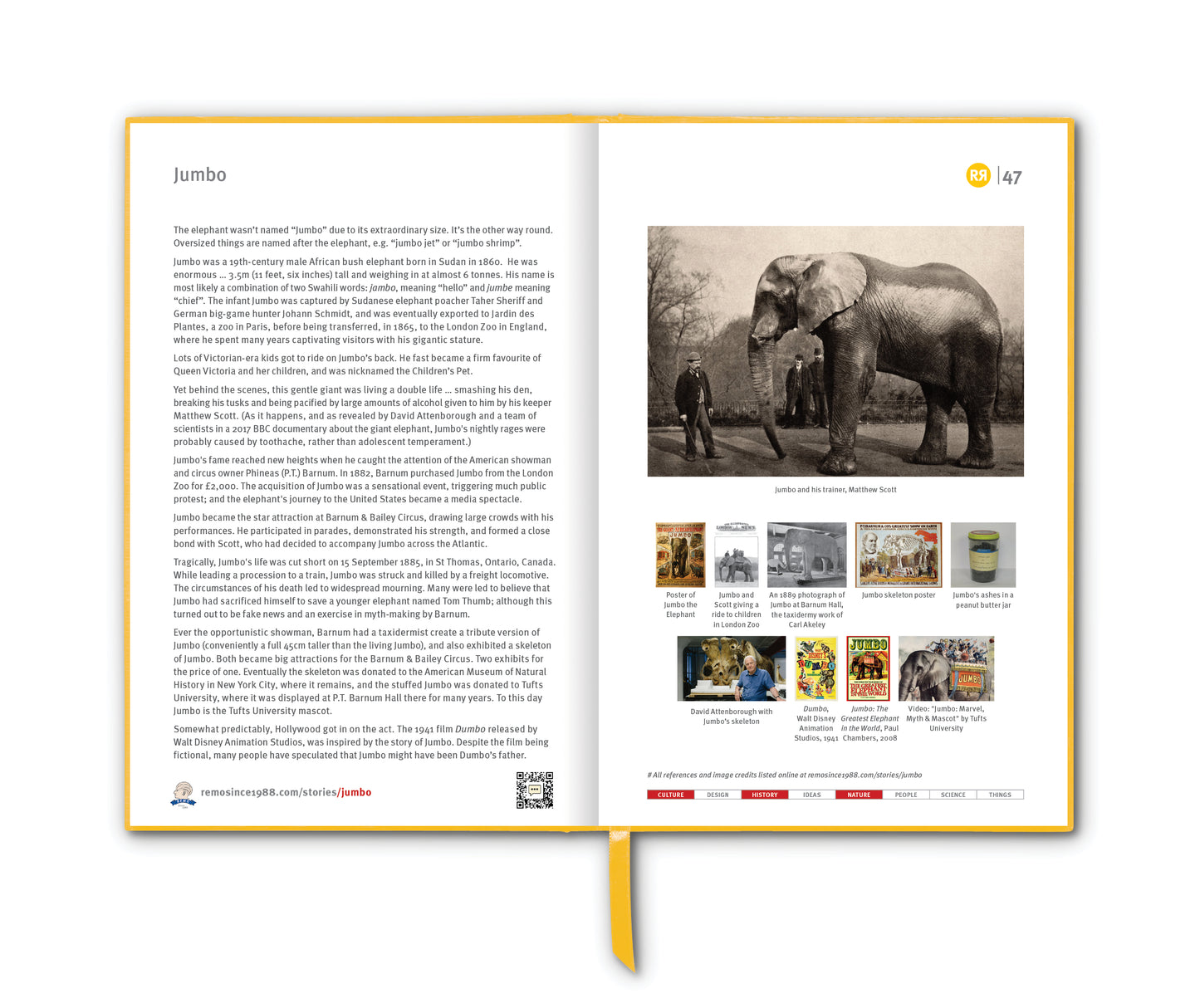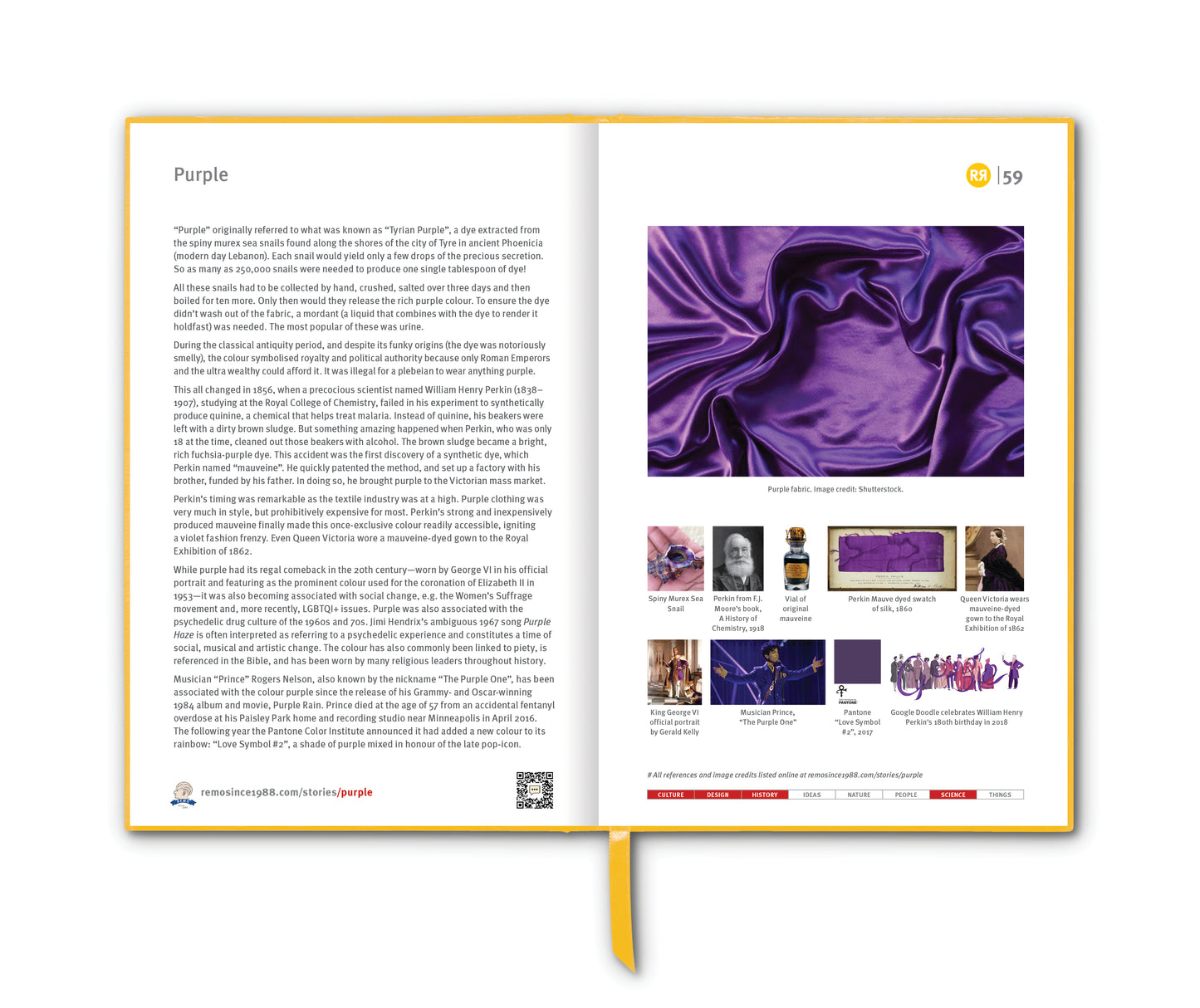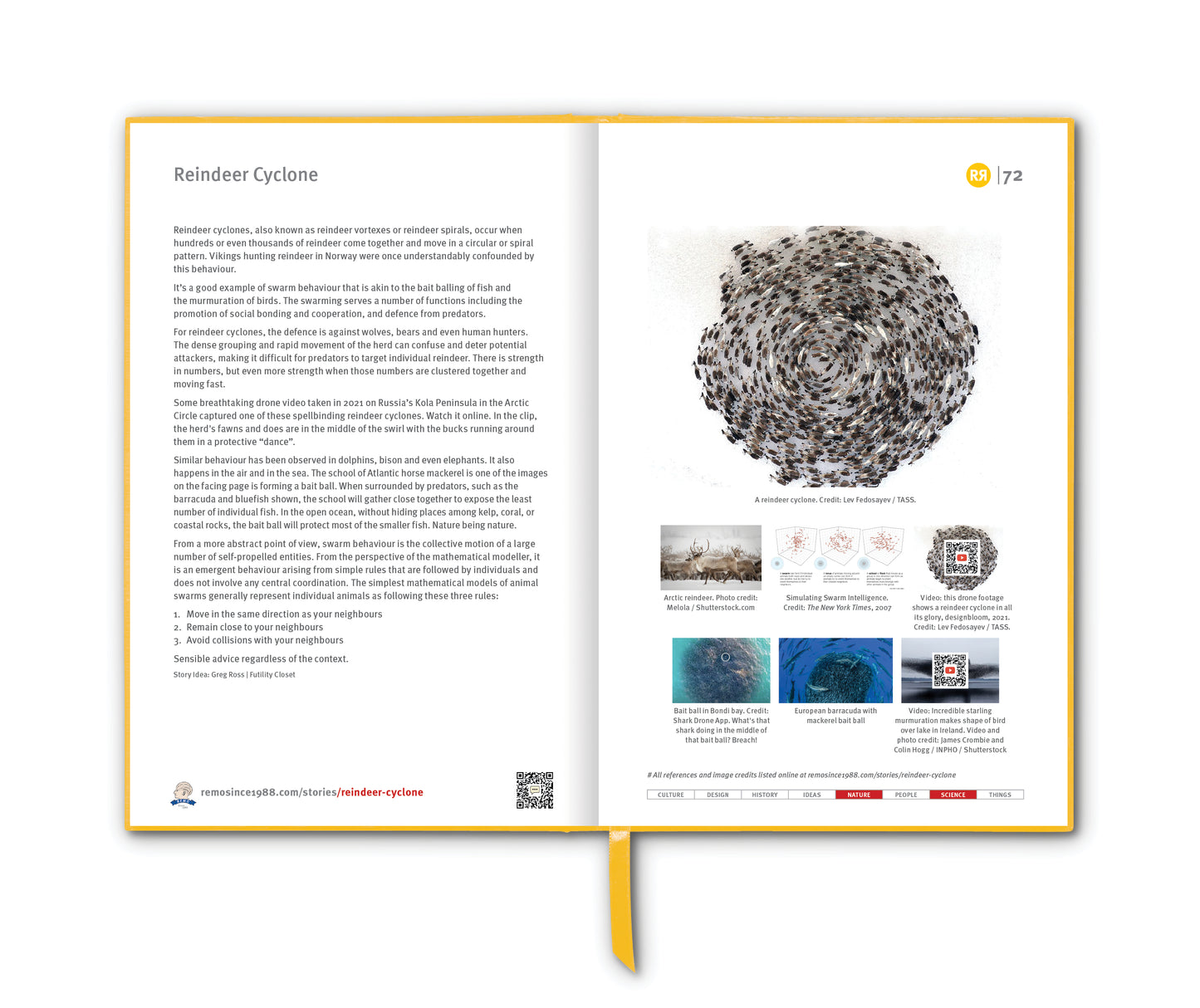Developed by a Belgian school teacher, these colourful wooden rods have helped millions of children with their arithmetic.
In December 1952 Georges Cuisenaire, a native of Belgium, published a thin booklet called "Les Nombres en Couleurs" which outlined the use of these colourful counting rods.
Cuisenaire Rods are small pieces of wood coloured such that all the rods of the same length are the same colour. Physically the rods behave in the way numbers behave, providing learners with a physical model for the study of mathematics.
Cuisenaire, a violin player, taught music as well as arithmetic in the primary school in the village of Thuin. He wondered why children found it easy and enjoyable to pick up a tune and yet found mathematics neither easy nor enjoyable. These comparisons led Cuisenaire to experiment in 1931 with a set of ten rods sawn out of wood, with lengths from 1cm to 10cm. He painted each length of rod a different colour and began to use these in his teaching of arithmetic. The invention remained almost unknown outside Thuin for about 23 years until, in April 1953, British mathematician and mathematics education specialist Caleb Gattegno was invited to see students using the rods in Thuin.
Gattegno, who was duly impressed, named the rods "Cuisenaire Rods" and began trialing and popularising them. He formed the Cuisenaire Company in Reading, England, in 1954, and by the end of the 1950s, Cuisenaire Rods had been adopted by teachers in 10,000 schools in more than a hundred countries.
The rods became somewhat ubiquitous in the 1960s and 1970s. If you’re of a certain age, you would remember them, and indeed our organisational uncle the REMO General Store has long celebrated Cuisenaire Rods with a T Shirt that declares: 1 + 2 = 3. White + Red = Light Green.
Cuisenarie, who died in 1976, was ever the proud dad. He always carried a handful of the rods in his pocket, which he would show to fellow passengers in the trains to and from Liege or Brussels. He would ask: “Do you know these?” and would introduce himself proudly as their father.
And finally, for the curious, here is the sequence of colours from 1 to 10: white, red, light green, pink, yellow, dark green, black, brown, blue, orange.
____________________________
Cuisenaire Rods exists in printed form as chapter 16 of RR#1 … available to order HERE
____________________________
Wikipedia Reference: Cuisenaire Rods | (Text) CC BY-SA
Images
1 & 2. Cuisenaire Rods
3. George Cuisenaire, 1891 to 1975
4. Cuisenaire Rods
5. Cuisenaire Rods: Portugese Version
6. Do the Math
7. Box of Rods
8. Cuisenaire Rods Merchandise at REMO
9. CustOMER Michael B Keegan with his Cuisenaire Rods T Shirt
